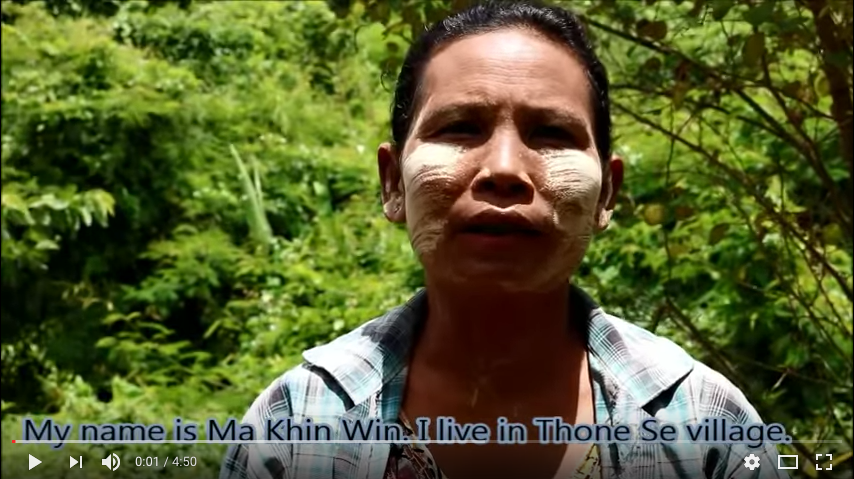Land issues in Vietnam 2006–14: Markets, property rights, and investment
This paper uses five waves of the Vietnam Access to Resources Household Survey (VARHS) to analyse land issues in Viet Nam from a number of different angles. The VARHS provides panel data at plot as well as household level and I use this rich data set to present descriptive results on landlessness, land fragmentation, land market activities, and land property rights. I use plot level, fixed effects regressions to investigate the effects of land titles (Land Use Certificates) on household investment.






